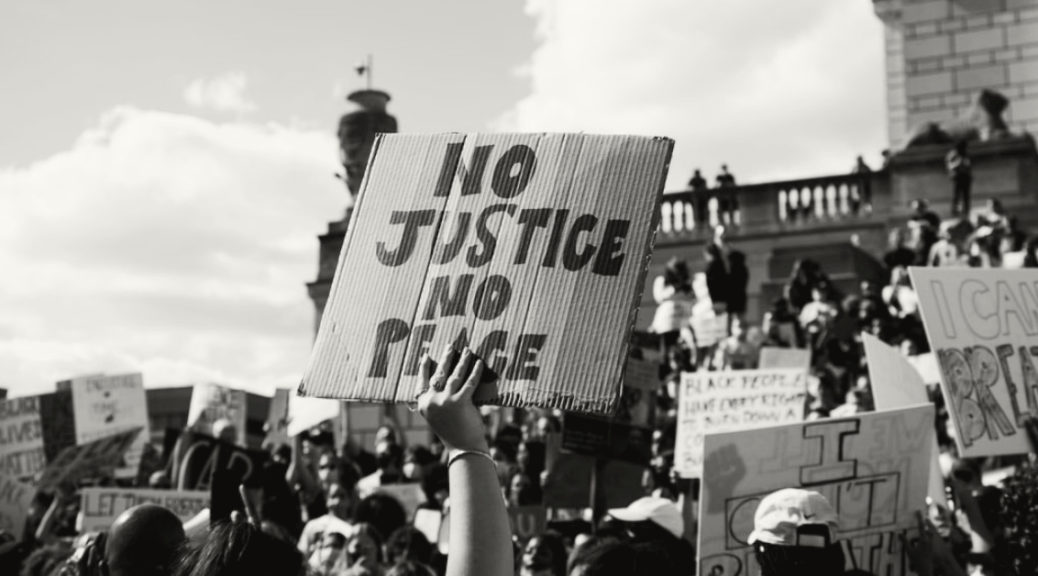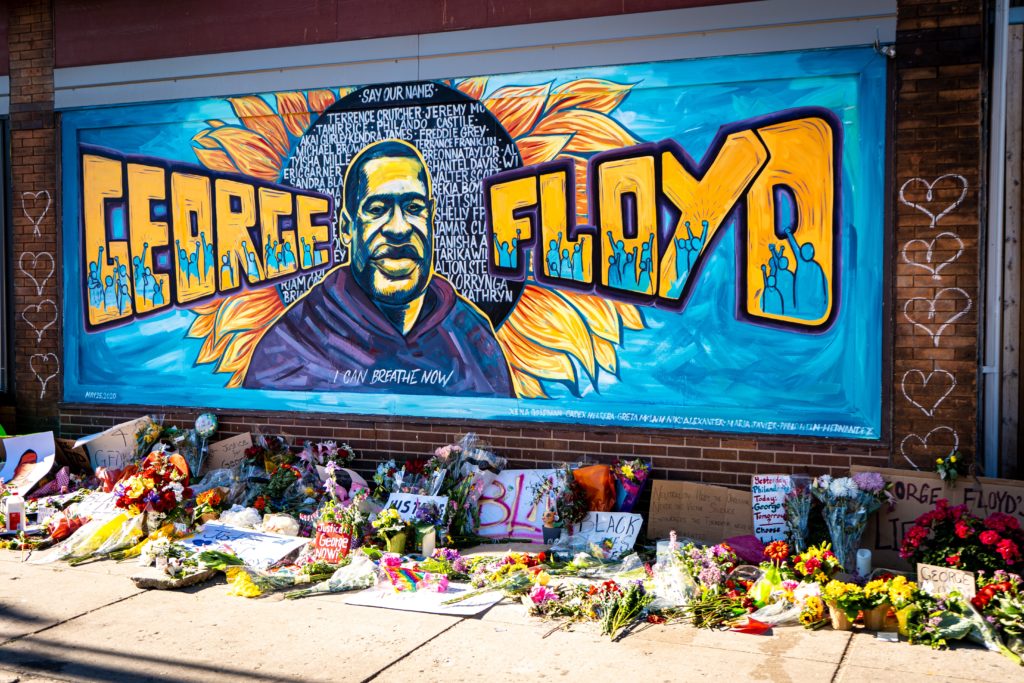By Eileen Kim
I am a dancer. One of the greatest gifts that dance has given me that I apply to my everyday life is awareness of my physical body. Dance has given me the time and space to be fully aware of all of the possibilities my body holds. It has given me an understanding of what I can only corporeally know, creating space for me to listen to my body. For me, there is no separation between life and dance because we are constantly in motion even when we are still. There is choreography in our everyday life, whether we are continuing patterns or creating new ones. Therefore I find that listening to our bodies and being aware of our physical bodies should become a daily practice, especially in the difficult circumstances of the present time.

Our bodies are hyper-intelligent vessels that have the ability to hold and absorb an incredible amount of information. The body often understands things that are happening to us before we are consciously able to understand them. For example, as infants we enter into stages of crawling and walking through the intelligence of our bodies. Most of us can’t remember when we first started crawling or walking, but our bodies remember even when our memories forget. Before we learn how to speak or read, we first understand the world through our physical bodies. The intelligence of our bodies is limitless and when we allow our bodies to take over and find time to listen to our bodies, I believe we will be surprised by how much our bodies have to say.

So how do we go about listening to our bodies? Connecting to our bodies can happen in multiple ways. For me, I find time to connect through my daily practice in dance. However, I believe that listening to the body can happen whenever we consciously choose to do so. Physical activity might be a gateway to understanding how to listen to our bodies because we are constantly sending signals between our brain and body when we are moving. However, this connection can be lost if we are not conscious of how we move. Being distracted while moving is a significant problem of our generation. Treadmills and ellipticals in gyms have TV’s, we text and walk, or check our emails while commuting. These distractions, while engaging in any type of movement, make us skim through the process of listening to the body. Therefore, it’s important to understand that even in stillness, we have the ability to tune in to our bodies. A quick body scan at the beginning or end of the day can make a huge difference in our wellbeing. Try asking yourself the following questions:
Continue reading The Importance of Listening to our Bodies


